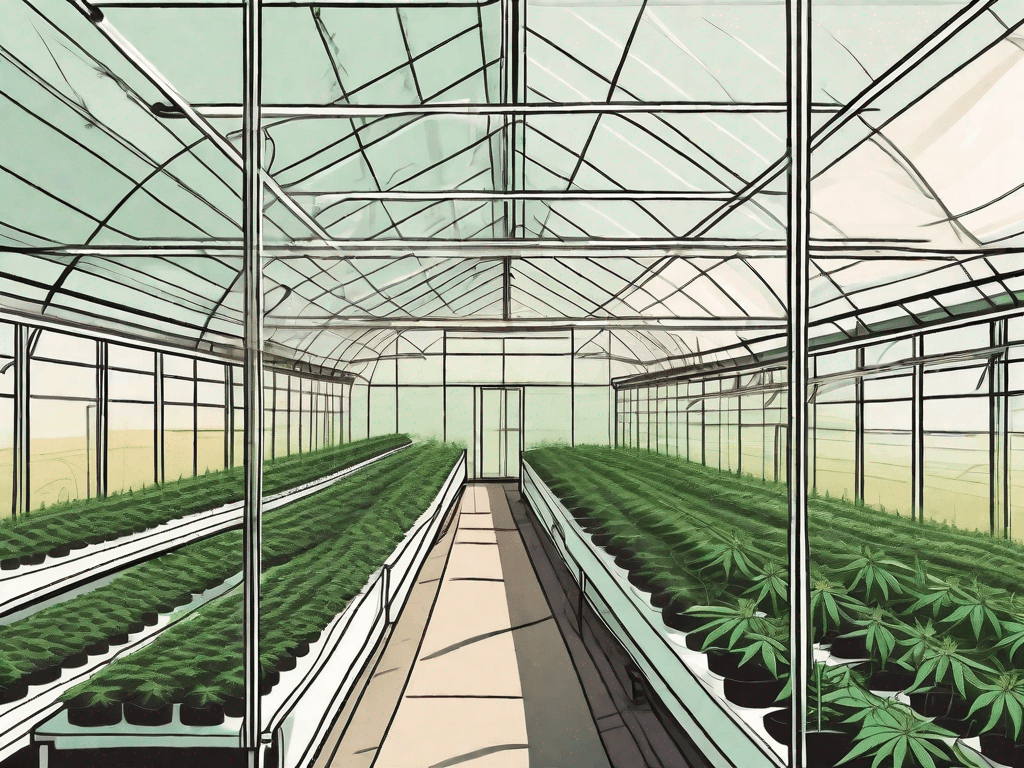
Exploring Cannabis Growth: Indoor vs Outdoor Cultivation Techniques
Cannabis cultivation is a topic that has gained much attention in recent years. With the legalization of cannabis in many parts of the world, more and more people are interested in understanding the best practices for growing this plant. In this exploration, we will delve into the two primary methods of cannabis cultivation: indoor and outdoor techniques. Each method has its unique benefits and challenges, which we will discuss in detail.
Indoor Cannabis Cultivation
Indoor cultivation of cannabis is a popular choice for many growers. This method allows for a controlled environment, where variables such as light, temperature, and humidity can be carefully managed. This control often results in a higher quality product, as the grower can fine-tune the environment to the specific needs of the cannabis strain being grown.
However, indoor cultivation is not without its challenges. It requires a significant investment in equipment and ongoing costs for electricity and maintenance. Additionally, it requires a higher level of expertise to manage the complex systems involved.
The Basics of Indoor Cultivation
Indoor cultivation begins with setting up a suitable space. This could be a spare room, a basement, or a dedicated grow tent. The space needs to be clean, easily accessible, and able to support the weight of the equipment.
Next, the grower needs to install the necessary equipment. This includes grow lights, ventilation systems, and climate control devices. The choice of equipment will depend on the size of the grow space and the specific needs of the cannabis strain being grown.
Advantages of Indoor Cultivation
One of the main advantages of indoor cultivation is the ability to control the environment. This control allows for the production of high-quality cannabis, as the grower can optimize the conditions for the specific strain being grown.
Indoor cultivation also allows for year-round growing, regardless of the outdoor weather conditions. This can result in higher yields over time, as there are no off-seasons.
Outdoor Cannabis Cultivation
Outdoor cultivation of cannabis is the traditional method of growing this plant. It relies on the natural environment to provide the necessary conditions for growth. This includes sunlight, soil, and rainfall.
While outdoor cultivation is less controlled than indoor growing, it can still produce high-quality cannabis. However, the success of outdoor cultivation is heavily dependent on the local climate and weather conditions.
The Basics of Outdoor Cultivation
Outdoor cultivation begins with choosing a suitable location. The site needs to have good sunlight exposure, access to water, and be protected from strong winds and pests.
Next, the grower needs to prepare the soil. This involves testing the soil to ensure it has the right pH and nutrient levels, and amending it if necessary. The cannabis plants are then planted directly into the ground or in pots.
Advantages of Outdoor Cultivation
One of the main advantages of outdoor cultivation is the lower cost. It requires less equipment and electricity, making it a more affordable option for many growers.
Outdoor cultivation also allows the cannabis plants to grow in their natural environment. This can result in a more robust plant and a more diverse cannabinoid and terpene profile, which can enhance the therapeutic effects of the cannabis.
Choosing the Right Cultivation Technique
Choosing between indoor and outdoor cultivation depends on several factors. These include the grower's budget, expertise, and the local climate.
Indoor cultivation may be the best choice for those who want to produce high-quality cannabis and have the budget and expertise to manage a controlled environment. On the other hand, outdoor cultivation may be more suitable for those who prefer a more natural approach and have access to a suitable outdoor space.
Considerations for Indoor Cultivation
When considering indoor cultivation, it's important to factor in the initial setup costs and the ongoing costs for electricity and maintenance. It's also important to consider the time and effort required to manage the grow environment.
Another consideration is the legal restrictions. In some areas, indoor cultivation may be restricted or require a permit.
Considerations for Outdoor Cultivation
When considering outdoor cultivation, it's important to consider the local climate and weather conditions. The success of outdoor cultivation is heavily dependent on these factors.
Another consideration is the risk of pests and diseases. Outdoor plants are more exposed to these risks, and managing them can be challenging.
In conclusion, both indoor and outdoor cultivation techniques have their unique advantages and challenges. The choice between the two will depend on the individual grower's circumstances and preferences. By understanding the basics of each method, growers can make an informed decision and choose the technique that best suits their needs.


